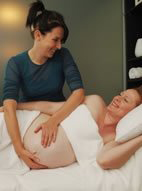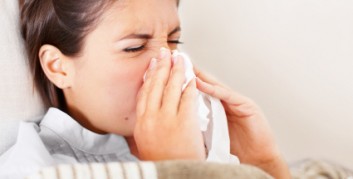
By Gina Fox, Naturopath
Not just an issue at menopause, bone density is a lifelong women’s health issue.
Calcium is important in pregnancy and for fertility. Here’s the low down.
If you’re a woman this might be an issue for you and the time to do something about it is NOW! Don’t wait until you get to menopause to build bone strength. That’s a bit like waiting till the horse has actually bolted.
Are you at risk of low bone density?
Do you:
- eat very little calcium?
- take corticosteroids?
- do very little exercise?
- have low vitamin D?
- have a close relative with osteoporosis?
- have digestive issues?
- smoke?
- have a slight build?
- not have children?
- are you pregnant?
Calcium plays a premier role during pregnancy to build strong bones and teeth when the baby will take what they need and may leave you deficient. Building up calcium stores before you get pregnant is a wise move and as calcium is needed for healthy functioning of all our cells then it follows that it’s helpful to lift our fertility too.
What can you do to build strong bones?
Here are 5 simple things you can action straight away ….
- Step up your exercise and make it varied as the best bone strengthening support is a combination of weight bearing, muscle strengthening, high-impact and high-intensity resistance training. Choose from walking, jogging, skipping, tennis or a team sport if that’s your thing. Make resistance exercise like using weights or a stretch band part of your exercise 2-3 times a week. Government guidelines recommend at least 30 minutes of moderate-intensity activity on most days and if you need motivation then ask friends about a good personal trainer or visit your local gym for inspiration. They’ll put a program together for you and it’s much more motivating exercising with others.
- If you smoke that’s a real no no. Women who smoke lose bone density faster than those who don’t and smokers have a 40-45% increased risk of hip fracture. Stopping is hard so get help from one of our acupuncturists or visit a hypnotherapist.
- Eat more calcium-rich foods. Yes dairy is a good source but that’s not the whole story. You’re aiming for 1000 mg of calcium daily which means around 3 serves of calcium rich food. Dairy, soy, salmon or sardines with the bones and a daily serve of vegetables such as broccoli, bok choy or silverbeet are all great calcium sources. Snacking on a small handful of almonds, sesame or pumpkin seeds or munching on tahini as a regular snack is an easy way to add a little more.
- A daily dose of sunshine will help the calcium be absorbed into your bones. Safe sun exposure in Victoria recommends no sun screen between May and August and make sure you go in the sun for around 15-20 minutes ideally around mid-day each day. Between September to April 5-8 minutes of skin exposed to the sun either mid-morning or mid-afternoon on most days should be enough. Add in some more vitamin D through eating fatty fish like herring, salmon or mackerel, organic beef liver, butter and eggs.
- Stay on the wagon a few days of every week and when you do drink keep to the guidelines for women – no more than two standard drinks nightly. It’s not well known but alcohol can reduce calcium absorption.
If you start now with some of these simple strategies your bones will stay strong and watch out for the side-effects – more energy, feeling stronger, less coughs and colds and better sleep.
Need more help?
Consult one of our naturopaths if you are concerned you may need a calcium supplement as not all are created equal and keeping within safe dosing is important. You don’t have to wait for menopause to start thinking about your bone health. Sadly too many women do so if you know one of them, send them our way for a wealth of other tips on reducing fracture risk and strengthening bones.
Who wrote this?

Gina is highly skilled in providing naturopathic care for women’s health issues, pre-conception health, infertility, IVF support, pregnancy care and through menopause. She treats a wide range of issues including recurrent miscarriage, thyroid, auto-immune antibodies and she has seen good results working with men to improve sperm quality. She also enjoys the post birth appointments with mother and baby, maximizing wellness for the whole family and educating parents on how to manage many common childhood illnesses. Her professional approach involves working in collaboration with doctors and specialists to create an effective co-ordinated treatment.
References
Ebeling, P. R. (2013). “Building healthy bones throughout life: an evidence-informed strategy to prevent osteoporosis in Australia.” Med J Aust 199(7 Suppl): S1.
Greenway, K. G., J. W. Walkley and P. A. Rich (2015). “Relationships between self-reported lifetime physical activity, estimates of current physical fitness, and aBMD in adult premenopausal women.” Arch Osteoporos 10: 34
Liberato, S. C., J. Bressan and A. P. Hills (2013). “The role of physical activity and diet on bone mineral indices in young men: a cross-sectional study.” J Int Soc Sports Nutr 10(1): 43.
Victoria, S. (2016). “How much sun is enough.” from http://www.sunsmart.com.au/vitamin-d/how-much-sun-is-enough.
Weaver, C. M., D. D. Alexander, C. J. Boushey, B. Dawson-Hughes, J. M. Lappe, M. S. LeBoff, S. Liu, A. C. Looker, T. C. Wallace and D. D. Wang (2016). “Calcium plus vitamin D supplementation and risk of fractures: an updated meta-analysis from the National Osteoporosis Foundation.” Osteoporos Int 27(1): 367-376.

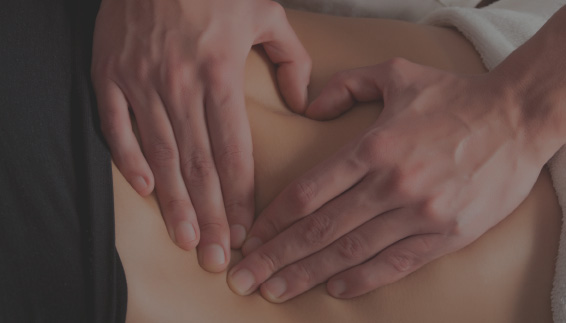



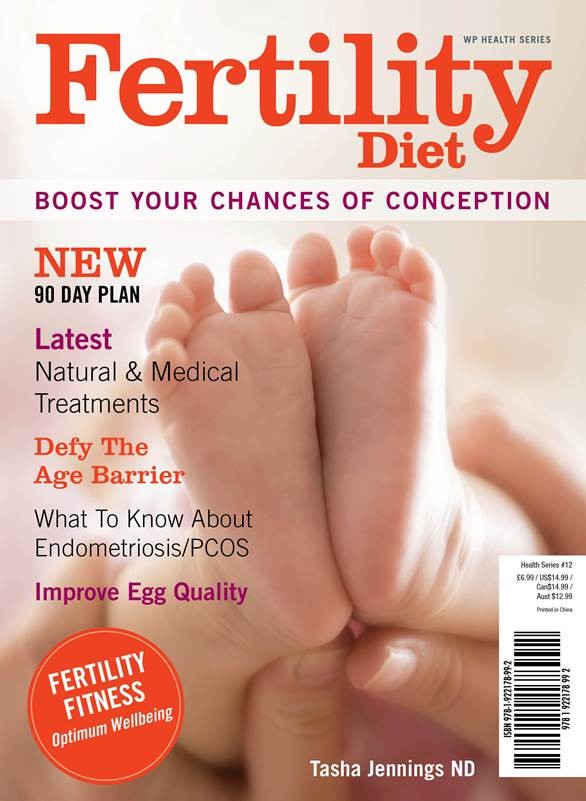

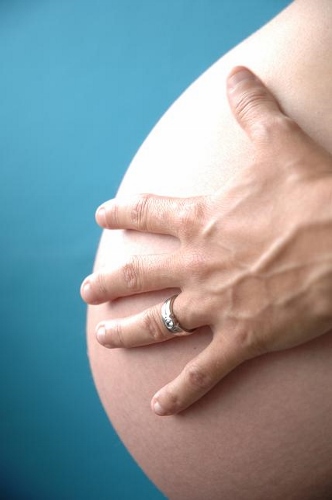
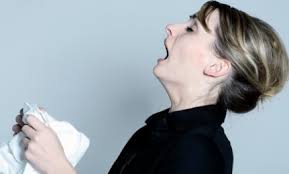
 Pressure points: These acupressure points bring quick relief if your nose or sinus’ feel congested or irritated. You’ll know when you are pressing the right spot because it feels really good.
Pressure points: These acupressure points bring quick relief if your nose or sinus’ feel congested or irritated. You’ll know when you are pressing the right spot because it feels really good.